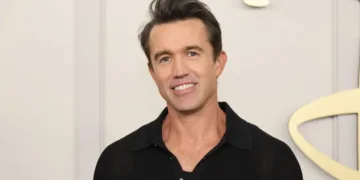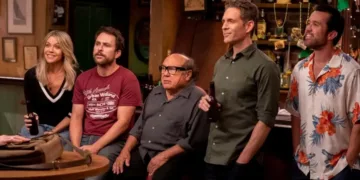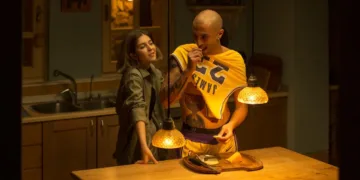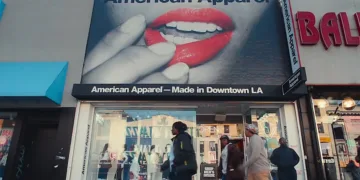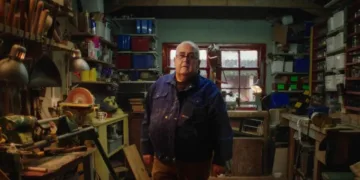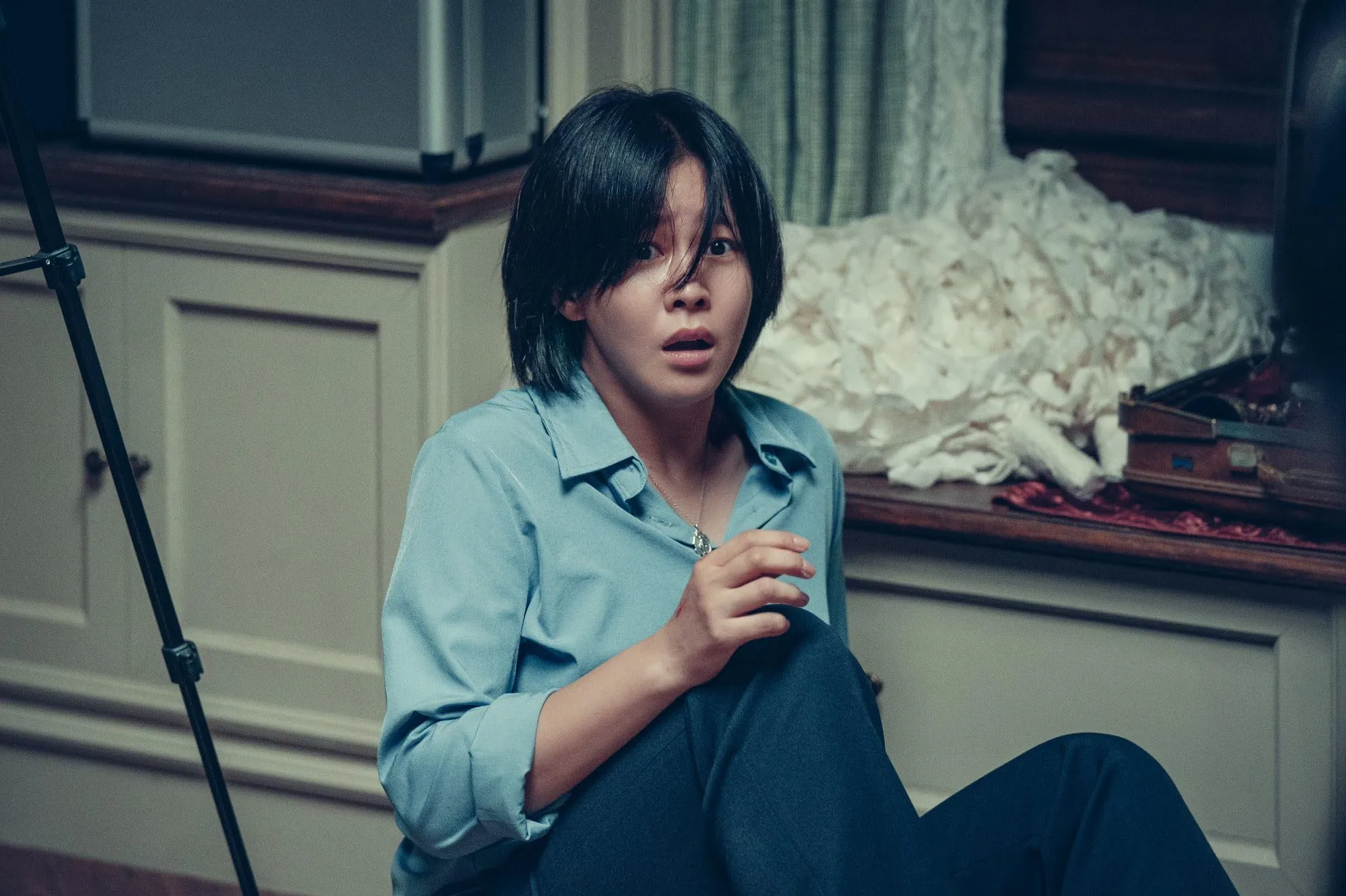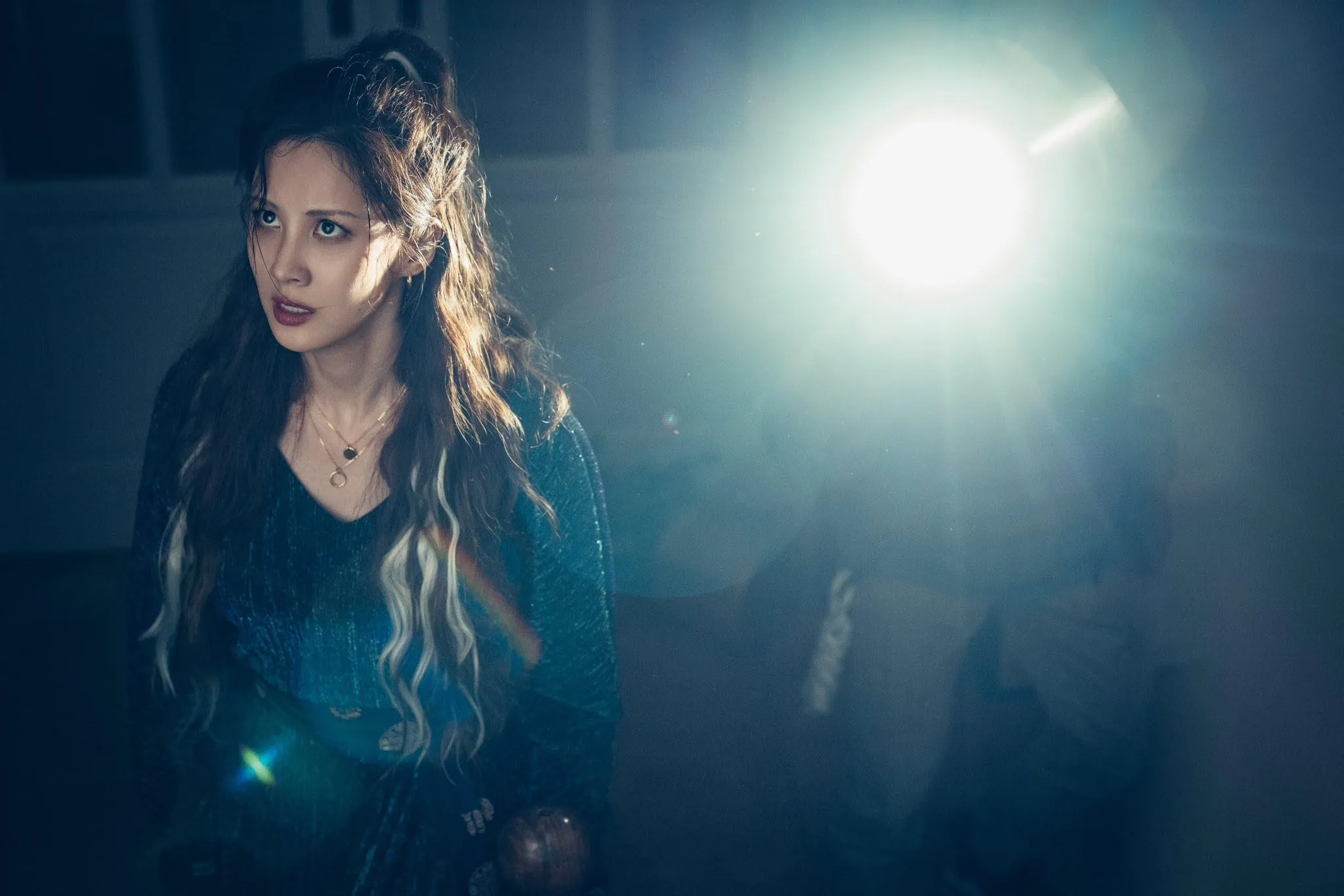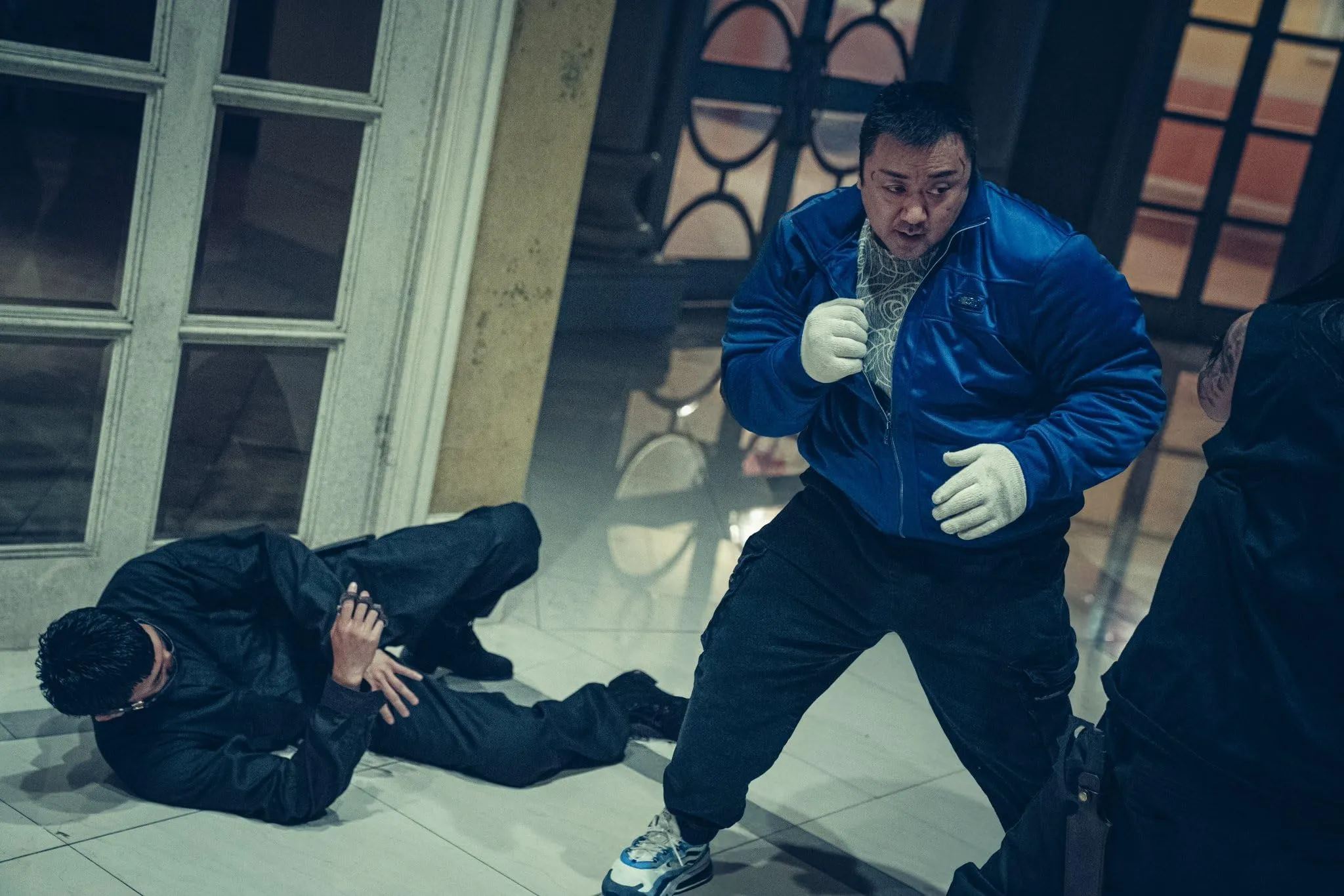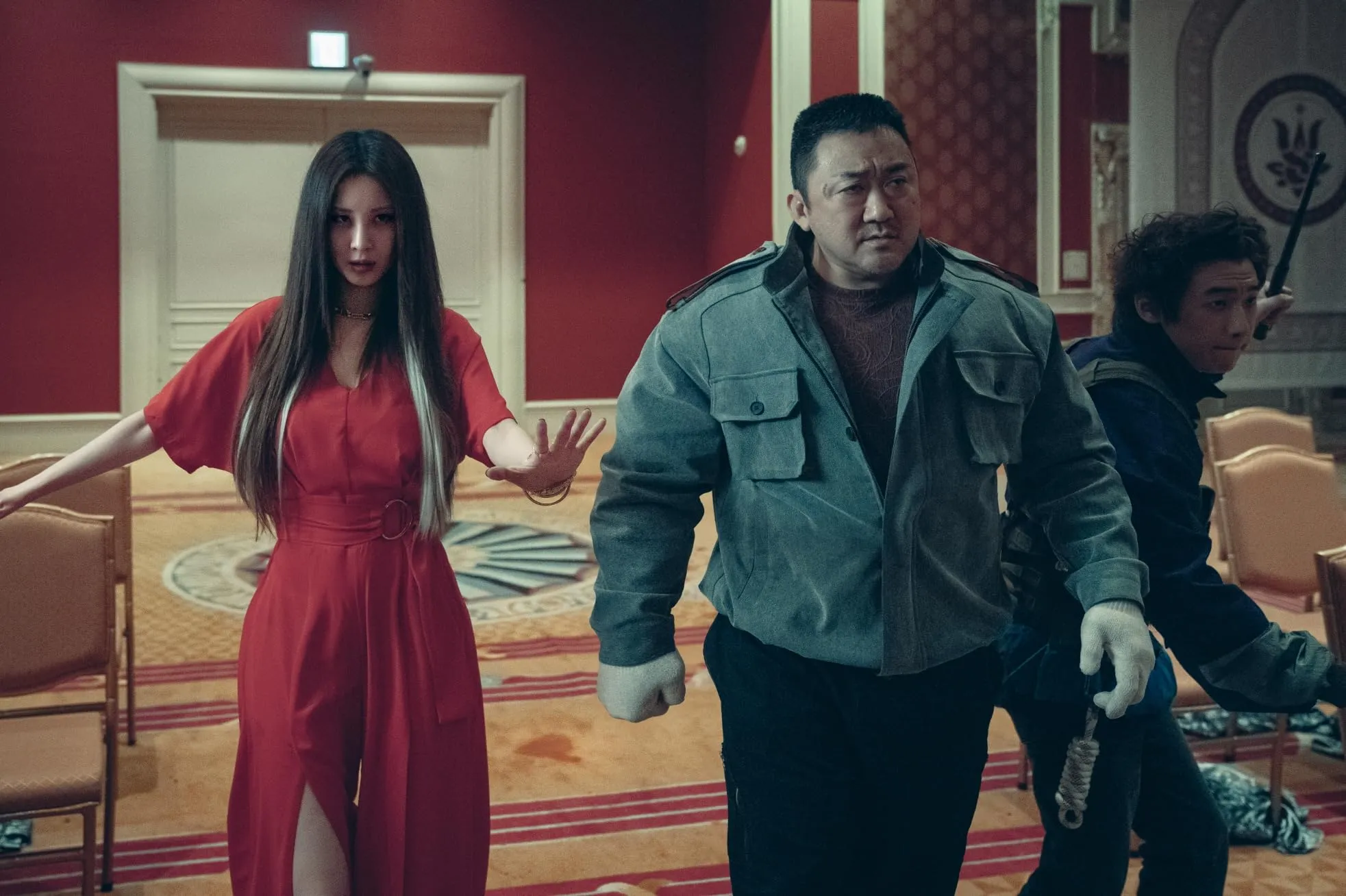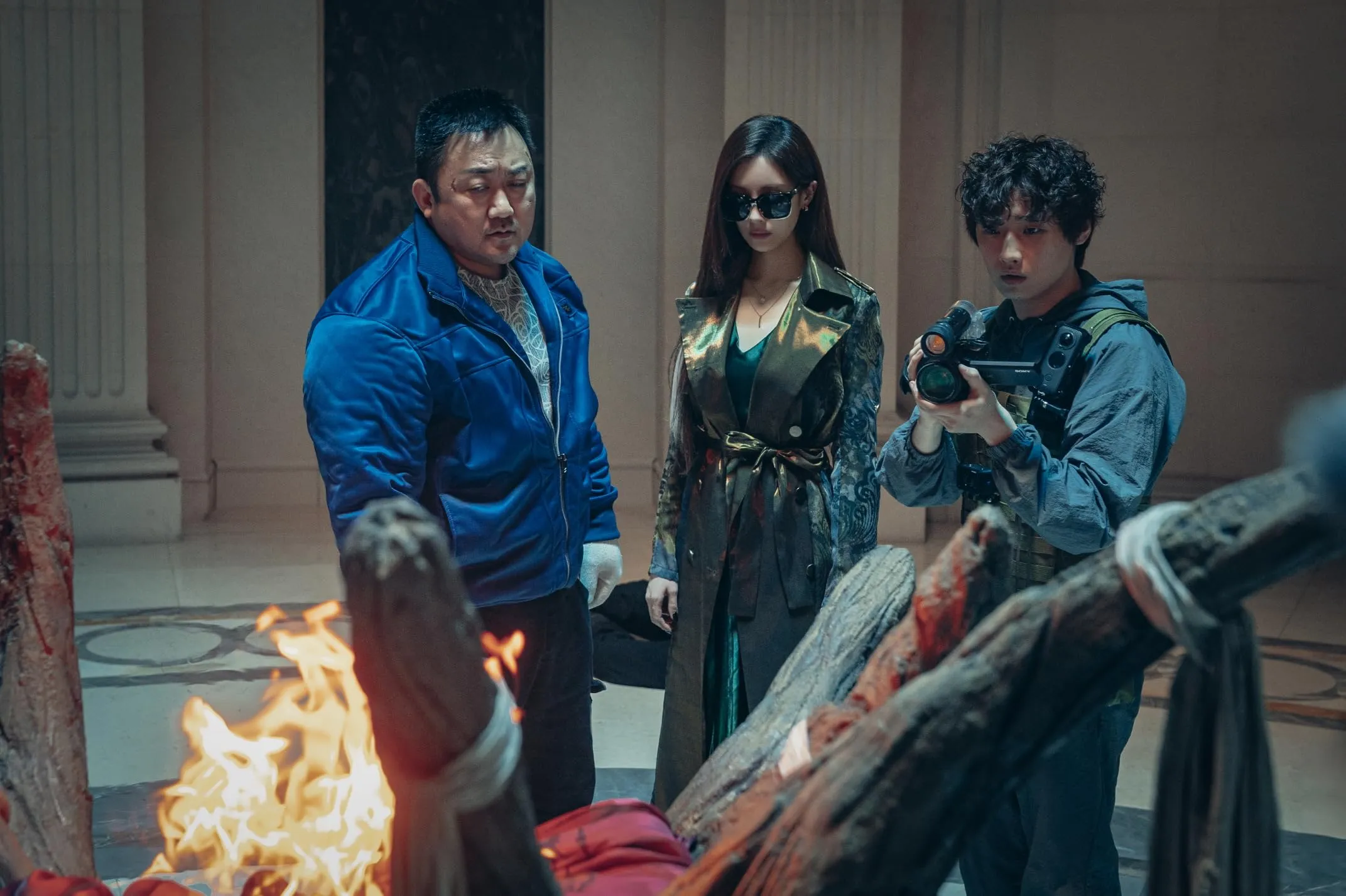Holy Night: Demon Hunters kicks off in modern‑day Seoul, where sudden eruptions of violence hint at a force beyond mere crime. Ba Woo (Ma Dong‑seok) leads a trio of supernatural specialists: Sharon (Seohyun), whose ritual work peels back the veil between worlds, and Kim‑kun (David Lee), whose camera lens becomes our window into otherworldly terror. When Jung‑won (Kyung Soo‑Jin) brings them a case of violent possession in her sister Eun‑Seo (Jung Ji‑so), the hunt shifts from ransacking demon‑infested homes to probing deeply personal stakes.
Director Lim Dae‑hee structures the film around a sequence of ritual “levels,” each punctuated by Sharon’s incantations and Ba Woo’s pulverizing blows. That phased approach resembles a game’s progression system—text overlays label each exorcism stage while editing ramps tension.
The first act’s steady reveal of rules and roles builds an emotional debt: we sense Sharon’s physical toll before the final confrontation, and Ba Woo’s silent guilt anchors each punch. Kim‑kun’s handheld footage injects found‑footage immediacy, keeping dread alive even between set pieces.
As the mythology unspools—complete with a tease of Lucifer’s faction lurking beyond this mission—the film stakes its claim as both a pulse‑pounding action spectacle and a serialized narrative experiment. How much more will these hunters pay to keep Hell at bay?
Mapping Hell’s Blueprint
Holy Night: Demon Hunters lays out its supernatural framework with precision. Early title cards introduce a hierarchy—from Beelzebub at the apex down to masked worshipper foot soldiers—each rank labeled with bold text overlays. That on‑screen taxonomy feels like a game’s codex entry, guiding viewers through threat levels before a single blow is struck.
Ritual structure drives narrative beats. Sharon’s four‑step exorcism—invocation, binding, expulsion, sealing—unfolds like skill unlocks in an RPG. You sense the cost of each phase as her voice trembles and pacing tightens around her grim expressions. Spoken chants sync with written prompts, creating a dual‑track tutorial that heightens emotional stakes: we’re aware of the toll on her body and mind before the final clash.
Kim‑kun’s handheld footage adds another layer of immersion. His jittery framing echoes indie horror’s found‑footage roots, while intercut security camera angles lend institutional dread. Shifts between shaky close‑ups and static wide shots position us as both participant and bystander—an interplay of perspectives that keeps tension high.
On the societal side, the film treats demon hunting like a clandestine unit: police referrals serve as plot triggers, a priest acts as moral anchor, and media reports hint at a shadow network pulling strings. That procedural element grounds the supernatural in recognizable systems, making each ritual feel consequential.
By tagging a mid‑credit tease about a Lucifer‑search quest and hinting at Ba Woo’s fallen “brother” and an archbishop antagonist, the story hooks future installments. With these narrative breadcrumbs in place, one wonders how this elaborate underworld will evolve once the next chapter begins.
Faces of the Hunt
Ma Dong‑seok’s Ba Woo commands the screen with a potent mix of muscle and regret. His punches feel earned, each blow echoing the weight of a tragedy he can’t leave behind. When he hoists a demon‑infested worshipper skyward, it feels less like spectacle and more like penance. That silent intensity grounds the film’s more fantastical elements.
Seohyun’s Sharon strides between realms with elegant precision. In trance‑like sequences, her voice catches on each incantation, hinting at the physical cost of her craft. You sense the stakes rise as her eyes flicker with exhaustion—ritual mechanics become emotional beats. Her poise in the face of supernatural forces contrasts sharply with the raw brutality Ba Woo delivers, reminding us that strength wears many faces.
David Lee’s Kim‑kun adds much‑needed levity. His camera work isn’t just framing action; it shapes audience perspective. Through his lens, we’re invited into hidden corners of ritual rooms and forbidden archives. When he cracks a joke mid‑exorcism, it underlines the absurdity of documenting demonic horrors, yet it never undercuts the danger he willingly steps into.
Kyung Soo‑Jin and Jung Ji‑so anchor the human heart of the story. Jung‑won’s scientific skepticism battles with her sister’s growing ferocity, each argument reflecting a clash between reason and faith. Eun‑Seo’s transformation—wide‑eyed innocence morphing into a primal fury—serves as the emotional barometer. Their bond pulls us into the narrative’s core, making every threat against Eun‑Seo resonate beyond spectacle.
The trio’s interplay fuels the film’s momentum. Ba Woo and Sharon share a quiet camaraderie, hints of past betrayal flickering in stolen glances. Kim‑kun’s playful banter diffuses tension, yet when trust frays under pressure, their unity feels fragile. As these hunters face demons without and within, one wonders how far their loyalties will stretch when the next abyss opens.
The Aesthetics of Exorcism: Sight and Sound
Lim Dae‑hee’s visual grammar stitches ritual and action into a seamless rhythm. Upside‑down swoops through shadowed hallways mirror the disorientation found in indie horror Under the Shadow, while rapid whip‑pans across shattered furniture echo the kinetic energy of The Conjuring’s exorcism sequences. Close‑ups linger on Sharon’s lips as she utters each chant, drawing us into the fragile space between her spirit and the entity she fights. Then the frame suddenly widens, giving full scope to Ba Woo’s powerhouse strikes that send demons crashing into walls.
Special effects wear a dual identity. CGI ash‑and‑ember flurries erupt on impact, reminiscent of Constantine’s hellfire bursts, yet when VFX falter—edges flicker or smoke looks artificial—creative staging hides imperfections behind rain‑lashed windows and slanted lighting. Makeup artists deserve credit for transforming Jung Ji‑so’s Eun‑Seo into a vessel of terror: sunken eyes ringed with crimson veins give way to grotesque flesh splits that recall cult classic Martyrs’ visceral designs.
Sound design drives heartbeat pacing. A low, pulsing drone underpins Sharon’s binding rites, then cuts out to absolute silence before a sudden shriek propels us into the next phase. That abrupt contrast deepens jump scares and brings us closer to the ritual’s stakes. Layered whispers and guttural growls hang in the score, punctuated by each of Ba Woo’s fist‑meets‑flesh impacts.
Editing threads these elements into a varied tempo. Action scenes cut on every explosion of ash, keeping adrenaline high, while ritual sequences stretch into longer takes that let tension thicken. On‑screen text that labels each exorcism stage feels like an in‑game tutorial—but when text persists too long, it momentarily stalls narrative motion.
Production design draws a line between earthly grit and astral surrealism. Street‑lit alleys wear a washed‑out gray palette, then give way to Sharon’s sealed circle glowing with cold blues and flickering gold. Those color cues steer mood: warm tones signal fragile reprieves, icy hues mark encounters with the abyss. Could this interplay of sight and sound set a new standard for supernatural thrillers eager to merge visceral action with ritual precision?
Progression Through Darkness
Holy Night: Demon Hunters structures its suspense like a well‑crafted campaign, guiding viewers through three distinct acts that mirror a game’s level design. Act I acquaints us with the demon‑hunting trio and the rules of engagement—text overlays function like in‑game tutorials—while a brief flashback to Ba Woo’s childhood tragedy hints at hidden mechanics driving his inner conflict. That strategic use of memory keeps emotional stakes in focus without grinding the story to a halt.
In Act II, Jung‑won’s desperate plea sets the main mission in motion. Early exorcism attempts feel like practice boss encounters: they reveal the team’s strengths and weaknesses as tension steadily ramps. Pacing here recalls indie horror titles such as Amnesia: The Dark Descent, where each revelation increases peril, and emotional peaks align with Sharon’s most harrowing chants.
The third act unfolds as a nearly thirty‑minute gauntlet. Ritual phases escalate like successive waves in a survival mode—hand‑to‑hand combat blends with Marianne’s ritual circle visuals, shifting between gritty apartment interiors and ethereal astral planes. These rapid transitions keep adrenaline high, though moments of silent dread let you catch your breath before the next onslaught.
Post‑ritual, the film briefly eases tension when Eun‑Seo awakens, echoing the relief after clearing a daunting dungeon. Yet a mid‑credit tease—whispers of a Lucifer hunt—stalls closure and pitches the stakes for the next installment. By framing narrative progression as both cinematic set pieces and game‑like milestones, Holy Night invites us to ask: how will this evolving structure shape the emotional resonance of future battles?
Battles of the Soul
Holy Night: Demon Hunters weaves atonement and violence into its core narrative. Ba Woo’s mission feels like a playthrough of Hellblade: Senua’s Sacrifice, where each blow against demon forces serves as personal penance for past failures. Exorcism becomes a metaphor for self‑forgiveness—ritual stages mirror character growth arcs in narrative‑driven games, forcing Sharon and Ba Woo to confront inner demons before vanquishing outer ones.
The film pits faith against force in a moral tug‑of‑war. Sharon’s measured chants evoke the procedural tension of indie cult horror The Ritual, while Ba Woo’s fist‑first approach recalls the brute mechanics of Diablo’s hack‑and‑slash. Their methods raise questions: can righteous brutality be justified, or does each strike risk corrupting the very cause it defends?
Found family emerges as a counterpoint to betrayal. The team’s camaraderie echoes the warmth of Guardians of the Galaxy’s ragtag crew, yet whispers of Ba Woo’s fallen “brother” cast a shadow, suggesting loyalty can fracture under supernatural pressures. That contrast deepens emotional stakes whenever trust is tested.
Cult influence underscores human agency. Worshippers channel a fanaticism reminiscent of Cultist Simulator’s branching narratives, highlighting how free will succumbs under charismatic evil.
Every ritual exacts a toll: Sharon’s trembling voice and Ba Woo’s bruised knuckles speak to sacrifices beyond spectacle. When sanctified bonds strain under relentless darkness, one wonders how much a soul can bear before the next exorcism demands an even higher price.
Forging a Demon‑Hunting Universe
Holy Night: Demon Hunters drops a mid‑credit tease that feels like discovering a secret DLC—whispers of a Lucifer‑search quest and hints of an archbishop puppeteer leave key threads dangling. Ba Woo’s unsettled past, teased through childhood flashbacks, becomes a narrative motor for future missions, suggesting his personal stakes will deepen as the saga unfolds.
In the exorcism canon, Lim Dae‑hee’s film occupies a unique niche between Constantine’s occult detective vibe and the kinetic force of Korean action hits. Where Constantine leans into brooding atmosphere, Holy Night punches through horror tropes with blockbuster spectacle. Its choreography of ritual and combat reminds fans of classic possessions while injecting fresh momentum reminiscent of high‑energy RPG boss fights.
For Ma Dong‑seok’s Big Punch Pictures, this marks a thematic spin‑off from the Roundup series’ street‑level justice to supernatural warfare. That continuity rewards longtime viewers and invites newcomers with a clear hook: the same heroism now battles unseen realms.
Given its layered mythology and action set pieces, Holy Night feels poised to evolve into a serialized supernatural universe—each sequel promising new demon ranks, ritual mechanics, and emotional reckonings. How will this foundation reshape expectations for franchise‑style horror in Korean cinema?
Full Credits
Director: Lim Dae-hee
Writer: Lim Dae-hee
Producers: Don Lee (Ma Dong-seok), Choi Wonki
Executive Producer: Choi Byung-hwan
Cast: Ma Dong-seok (Ba Woo), Seohyun (Sharon), Lee David (Kim-kun), Kyung Soo-jin (Jung-Won), Jung Ji-so (Eun-Seo), Lee Da-il, Cha Woo-jin, Kim Do-gun
Director of Photography (Cinematographer): Kim Ji-yong
Editor: Kim Sun-min
The Review
Holy Night: Demon Hunters
Holy Night: Demon Hunters delivers a thrilling fusion of visceral action and ritual horror, anchored by Ma Dong‑seok’s commanding presence and Seohyun’s emotionally charged turns. The phased exorcism design sharpens suspense, even when occasional over‑explanation slows pacing. Visual flourishes—dynamic camera moves and ash‑and‑ember bursts—heighten key moments, yet minor VFX lapses remain visible. As a franchise opener it brims with potential, offering a rich mythology, layered characters, and combat choreography that surprises.
PROS
- High‑impact action sequences that showcase Ma Dong‑seok’s physicality
- Structured ritual phases that build suspense and clarity
- Compelling performances from the lead trio
- Immersive sound design and dynamic camerawork
- Rich mythology that seeds future installments
CONS
- Pacing dips during extended exposition segments
- Occasional VFX edges and smoke effects feel artificial
- Secondary characters receive limited development
- Ritual text overlays can slow narrative flow
- Genre conventions sometimes feel familiar



















